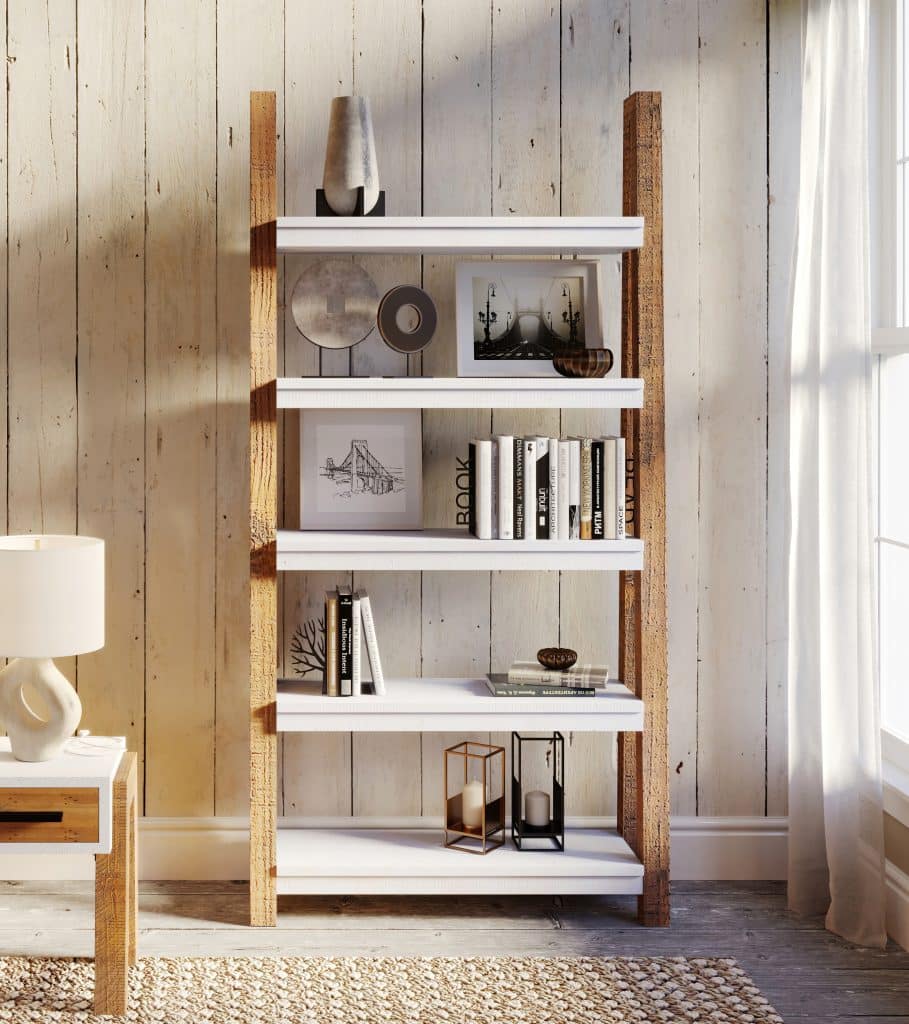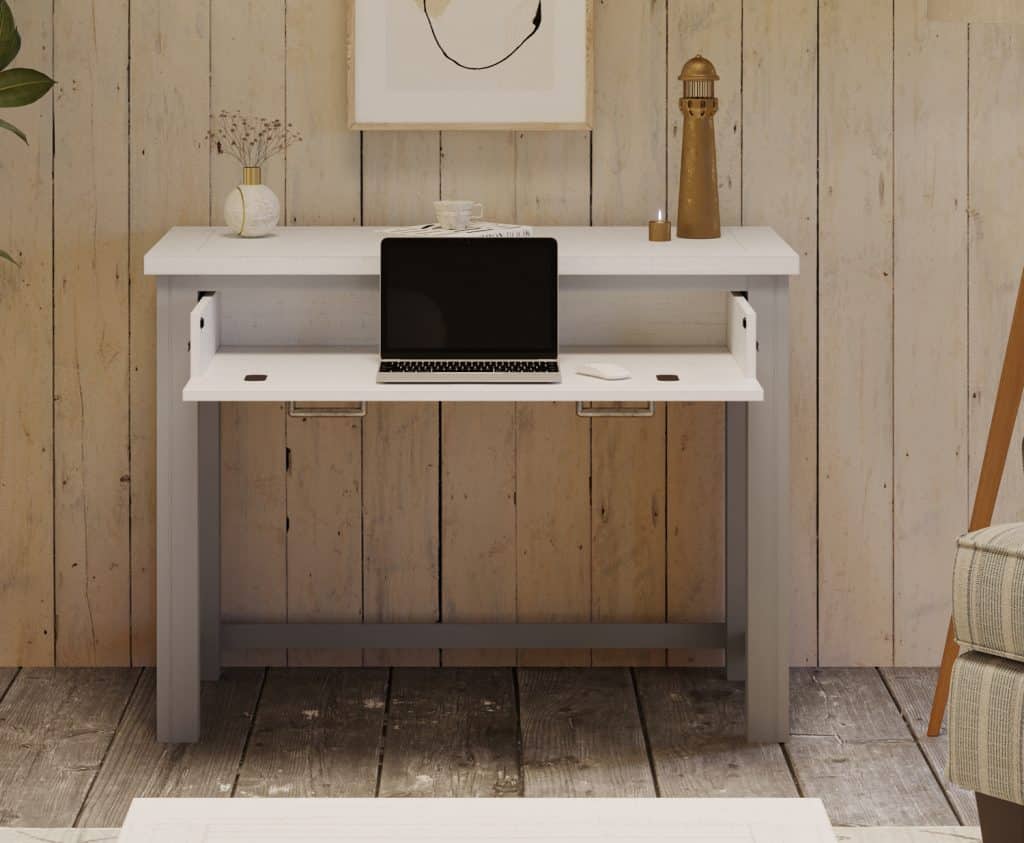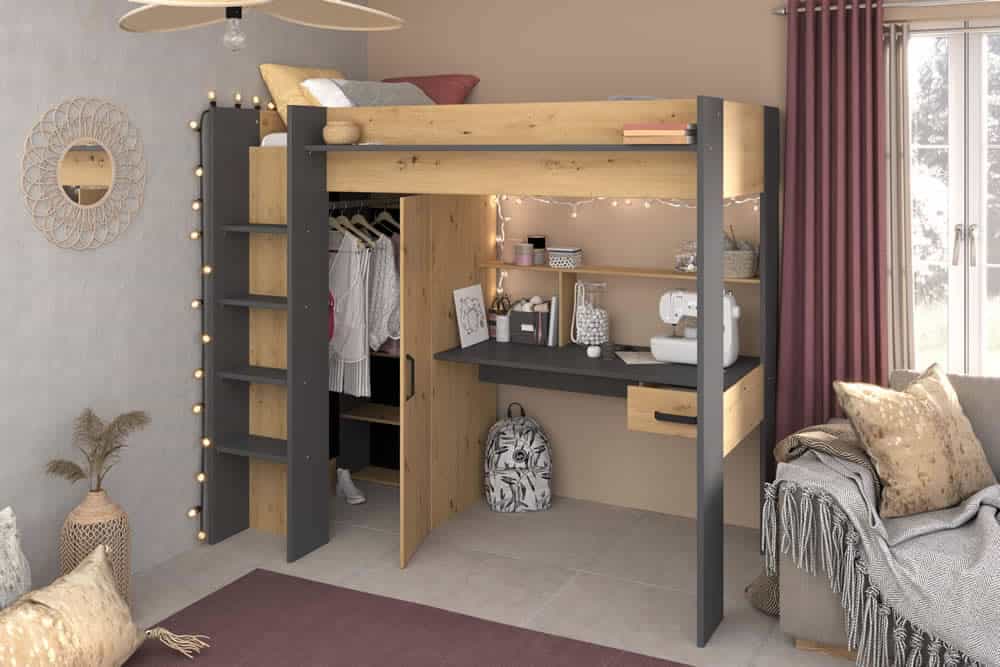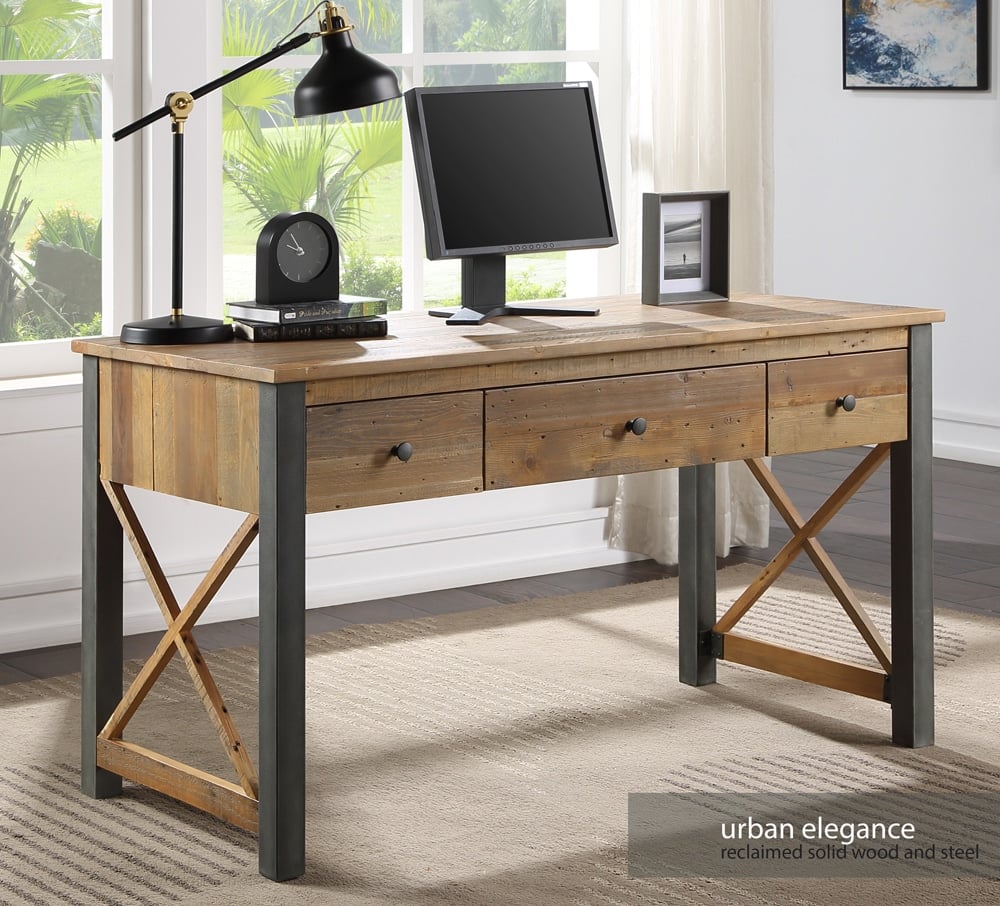Creating a productive home office is more important than ever. With remote working becoming a standard practice, having a workspace that maximizes productivity and comfort is crucial. This guide will take you through the essential steps to set up an effective home office, covering everything from choosing the right furniture to optimizing your environment. Whether you’re working from home temporarily or setting up a permanent office, these tips will help you create a space that boosts productivity and well-being.
Assess Your Needs and Space
Before you start setting up your home office, it’s essential to assess your specific needs and the available space. Consider the following questions:
- What type of work will you be doing?
- How many hours per day will you spend in your home office?
- Do you need space for equipment like printers or additional monitors?
- Will you have video calls and need a professional background?
Understanding your requirements will help you make informed decisions about furniture, layout, and technology.
Choosing the Right Furniture
Ergonomic Desk and Chair

The cornerstone of a productive home office is a comfortable and ergonomic desk and chair. Investing in high-quality, ergonomic furniture can prevent discomfort and long-term health issues.
Tips:
- Desk Height: Ensure your desk is at a height where your elbows are at a 90-degree angle when typing.
- Chair Support: Choose a chair that supports your lower back and promotes good posture.
- Adjustability: Opt for an adjustable chair and desk to tailor the setup to your body and preferences.
Storage Solutions
Keeping your workspace organized is key to maintaining productivity. Clutter can be distracting and stressful, so having adequate storage solutions is essential.
Examples:

Shelving Units: Use vertical space with shelves to store books, files, and office supplies.

Drawer Units: Invest in a desk with built-in drawers or a separate drawer unit to keep essentials within reach.
Multi-Functional Furniture
In smaller spaces, multi-functional furniture can be a lifesaver. Pieces that serve more than one purpose can help you make the most of your available space.
Examples:

Fold-Out Desks: Ideal for small spaces, these desks can be folded away when not in use.

Beds with Desk: If your home office doubles as a guest room, a bed with a built in desk can provide seating by day and a bed by night.
Optimizing Your Environment
Lighting
Good lighting is essential for productivity and reducing eye strain. Natural light is best, but there are several ways to optimize lighting in your home office.
Tips:
- Natural Light: Position your desk near a window to take advantage of natural light.
- Task Lighting: Use a desk lamp with adjustable brightness for focused work.
- Ambient Lighting: Ensure your room is well-lit with overhead lights or floor lamps to reduce shadows and glare.
Noise Control
A quiet environment is crucial for concentration and productivity. Managing noise levels can be challenging, especially if you share your home with others.
Tips:
- Noise-Canceling Headphones: Invest in a good pair of noise-canceling headphones to block out background noise.
- Soundproofing: Use rugs, curtains, and acoustic panels to reduce noise within your workspace.
- Dedicated Space: If possible, set up your home office in a separate room to minimize distractions.
Temperature and Air Quality
A comfortable temperature and good air quality can significantly impact your productivity and well-being.
Tips:
- Temperature Control: Use fans, heaters, or air conditioning to maintain a comfortable temperature.
- Air Purifiers: Invest in an air purifier to improve air quality and reduce allergens.
- Ventilation: Ensure your workspace is well-ventilated with fresh air from windows or fans.
Technology and Equipment
Reliable Internet Connection
A fast and reliable internet connection is essential for remote work. It ensures smooth video calls, quick file transfers, and efficient online collaboration.
Tips:
- Upgrade Your Plan: If your current internet plan is slow or unreliable, consider upgrading to a higher-speed plan.
- Wi-Fi Extenders: Use Wi-Fi extenders to boost signal strength in your home office.
- Wired Connection: For the most reliable connection, use an Ethernet cable directly connected to your router.
Essential Office Equipment
Depending on your work, you may need various equipment to create a fully functional home office.
Examples:
- Computer and Monitor: Choose a computer that meets your work requirements and consider an additional monitor for multitasking.
- Printer and Scanner: If you handle physical documents, invest in a reliable printer and scanner.
- Webcam and Microphone: For video calls, ensure you have a good-quality webcam and microphone.
Cable Management
Managing cables can help keep your workspace tidy and reduce the risk of tripping or equipment damage.
Tips:
- Cable Organizers: Use cable clips, ties, and trays to keep cables organized and out of the way.
- Wireless Devices: Consider wireless keyboards, mice, and printers to reduce cable clutter.
- Labeling: Label your cables to quickly identify and manage them.
Personalizing Your Workspace
Decor and Aesthetics
Personalizing your workspace can make it more enjoyable and inspiring. A well-decorated office can boost your mood and creativity.
Ideas:
- Wall Art: Hang pictures, posters, or artwork that inspires you.
- Plants: Add some greenery to your workspace to improve air quality and create a calming environment.
- Colour Scheme: Choose a color scheme that you find calming and motivating.
Comfort and Wellness
Incorporating elements of comfort and wellness into your home office can enhance your overall productivity and well-being.
Tips:
- Ergonomic Accessories: Use ergonomic accessories like a keyboard tray, wrist rest, or footrest.
- Standing Desk: Consider a standing desk or a desk converter to alternate between sitting and standing.
- Regular Breaks: Take regular breaks to stretch, move around, and rest your eyes.
Establishing a Routine
Set Work Hours
Setting clear work hours helps create a boundary between work and personal life, which is crucial for maintaining a healthy work-life balance.
Tips:
- Consistent Schedule: Stick to a consistent schedule that aligns with your job requirements and personal preferences.
- Break Times: Schedule regular breaks throughout your day to recharge and avoid burnout.
- End-of-Day Routine: Develop an end-of-day routine to signal the end of your workday, such as shutting down your computer or going for a walk.
Prioritize Tasks
Effective task management is key to productivity. Prioritizing tasks can help you stay focused and ensure you complete the most important work first.
Tips:
- To-Do Lists: Create daily to-do lists to keep track of your tasks and prioritize them.
- Time Blocking: Use time blocking to allocate specific time slots for different tasks.
- Task Management Tools: Utilize task management tools like Trello, Asana, or Todoist to organize and track your tasks.
Minimize Distractions
Minimizing distractions is essential for maintaining focus and productivity in your home office.
Tips:
- Dedicated Workspace: Set up a dedicated workspace that is free from personal distractions.
- Limit Interruptions: Communicate your work hours to family members or housemates and ask them to minimize interruptions.
- Digital Distractions: Use apps or browser extensions to block distracting websites and limit social media use during work hours.
Conclusion
Creating a productive home office involves thoughtful planning, the right furniture, and optimizing your environment. By assessing your needs, choosing ergonomic and multi-functional furniture, optimizing lighting and noise control, and incorporating personal touches, you can transform any space into an efficient and inspiring workspace.
Remember, the key to a productive home office is creating a space that meets your specific needs and preferences. With the right setup, you can enhance your productivity, well-being, and work-life balance, making remote work a more enjoyable and successful experience. Happy working!

